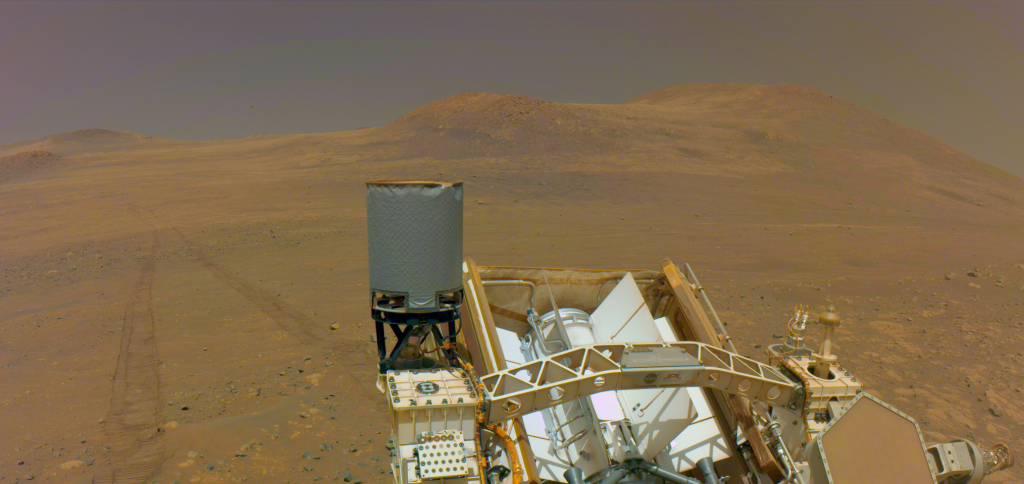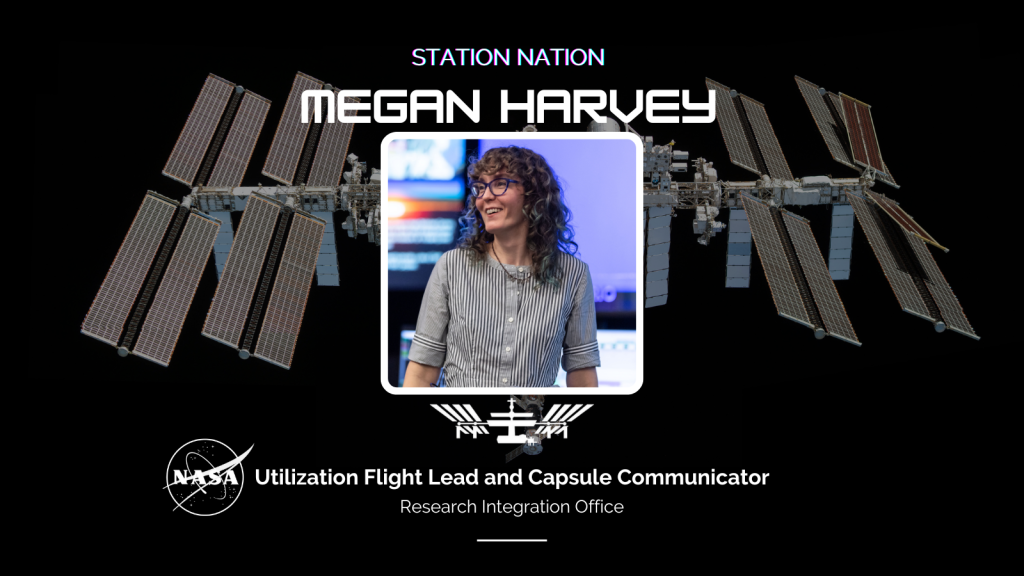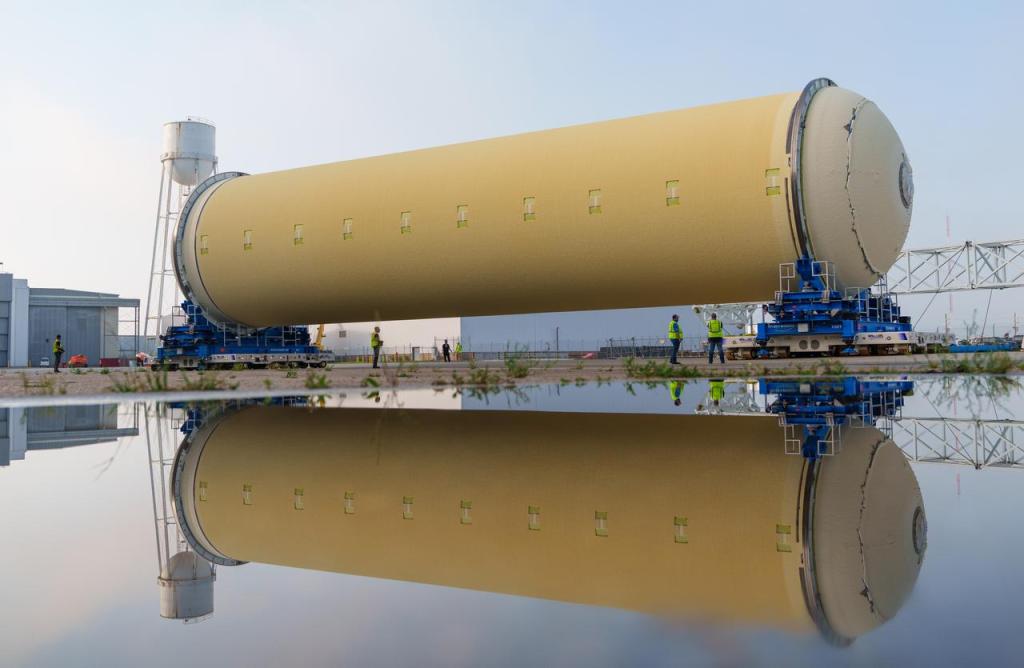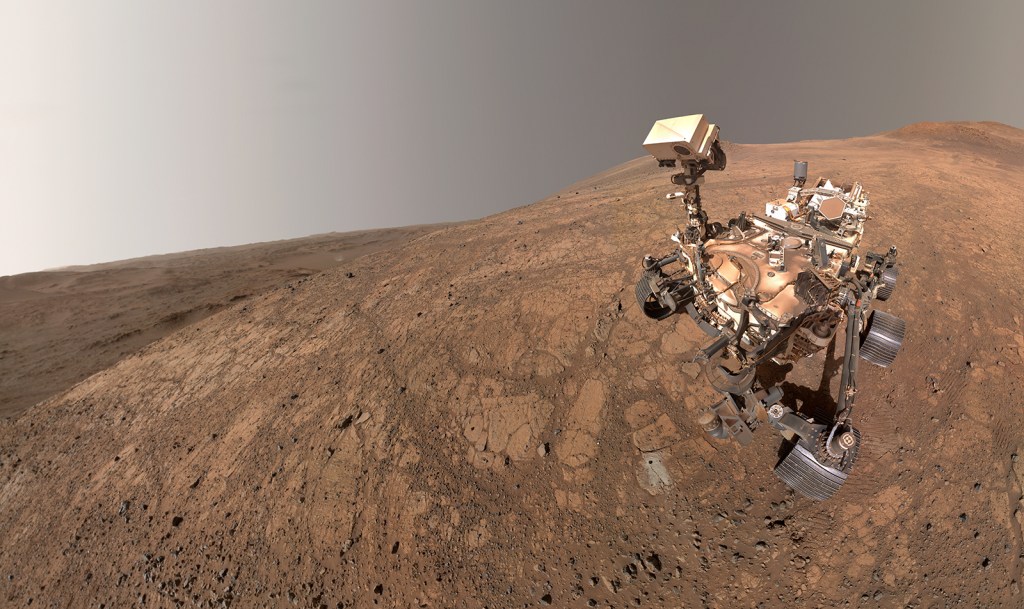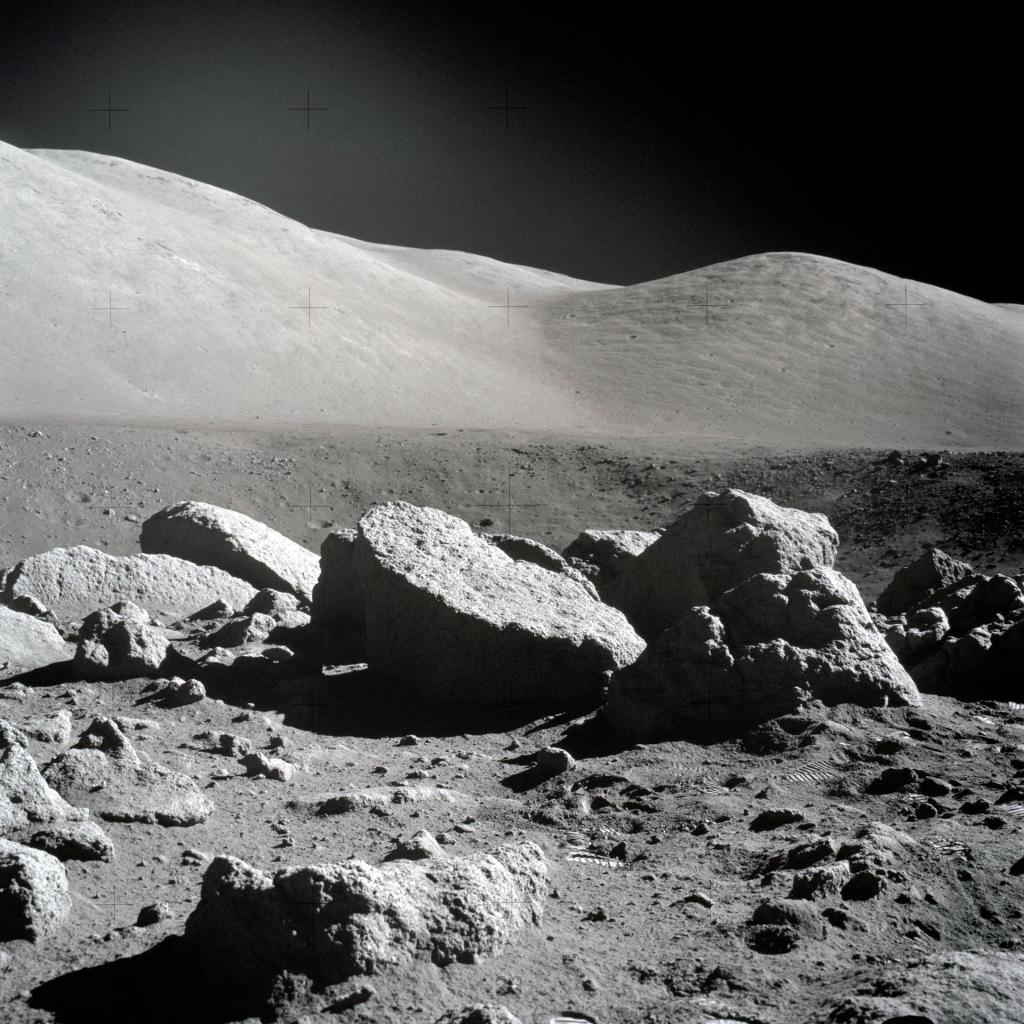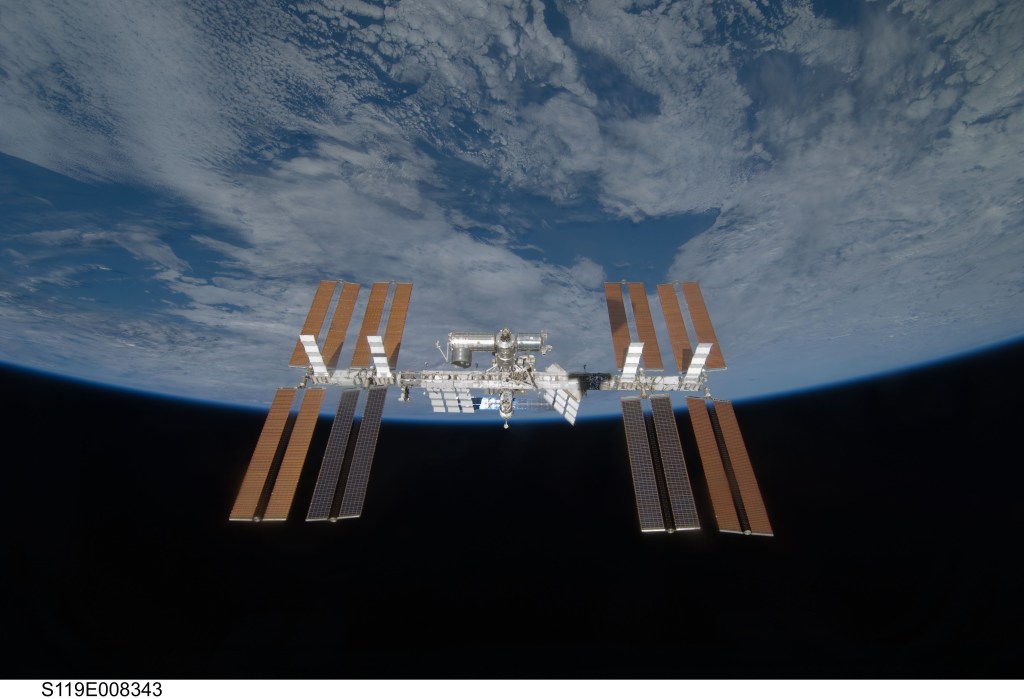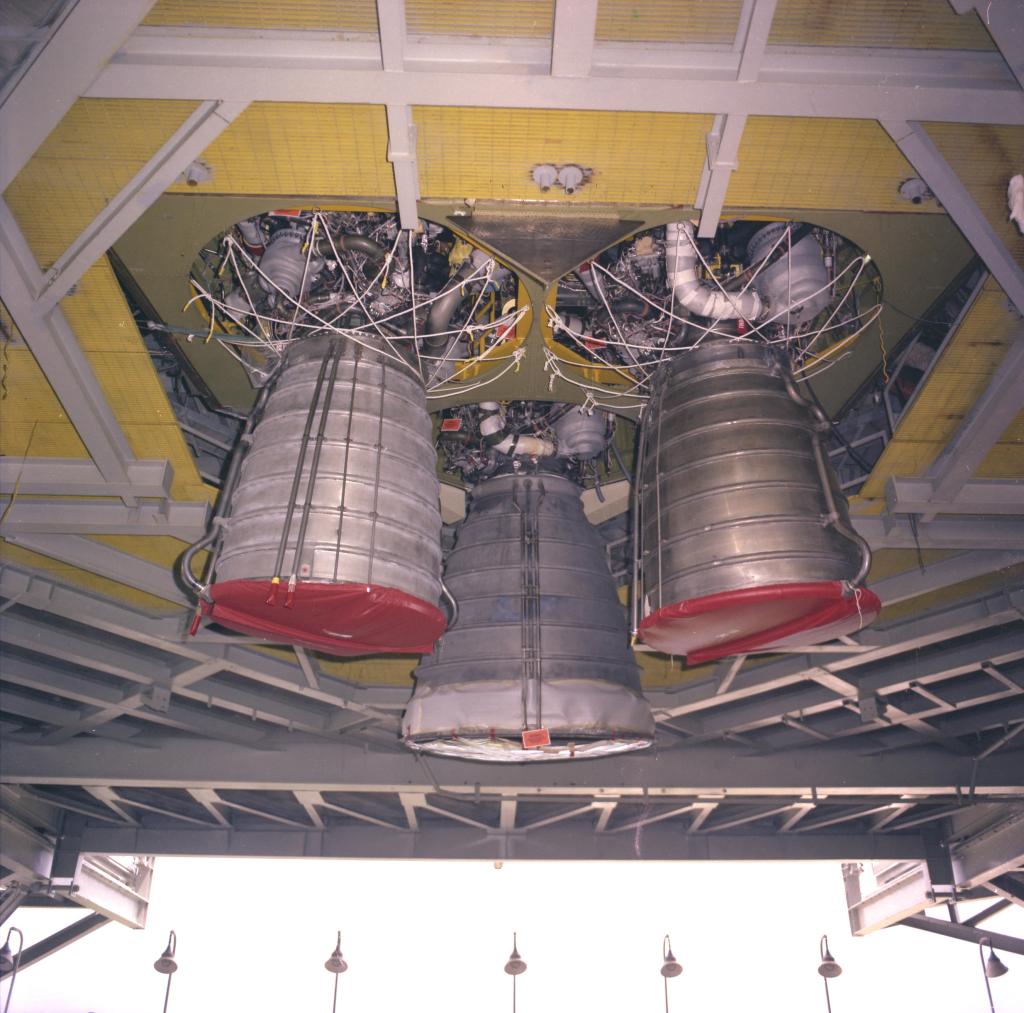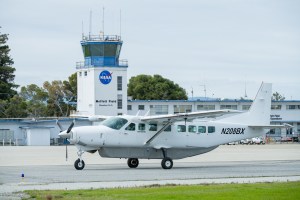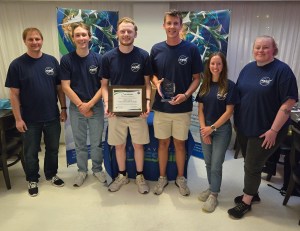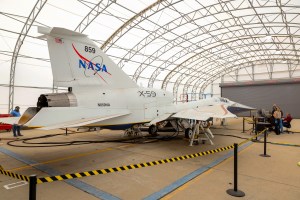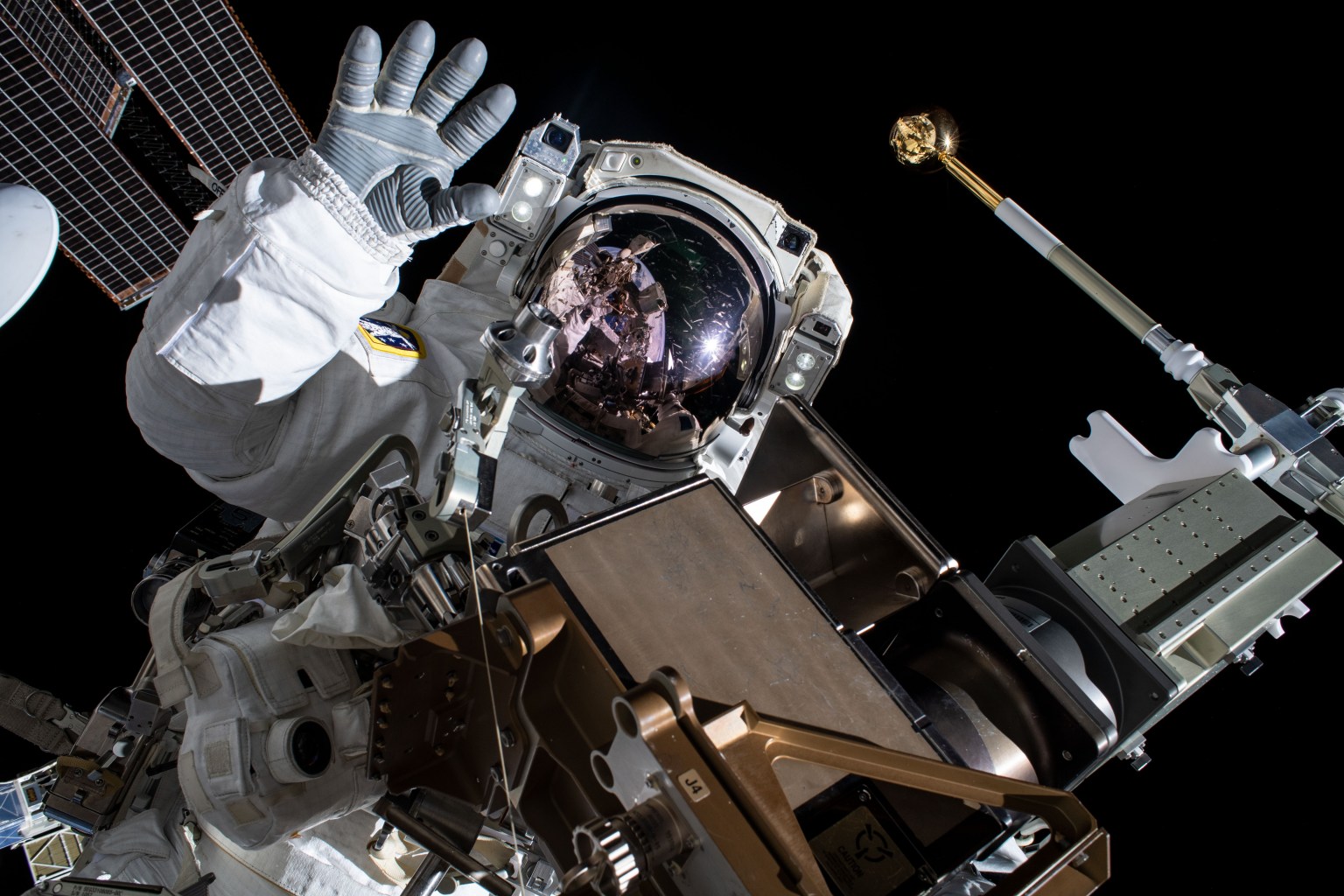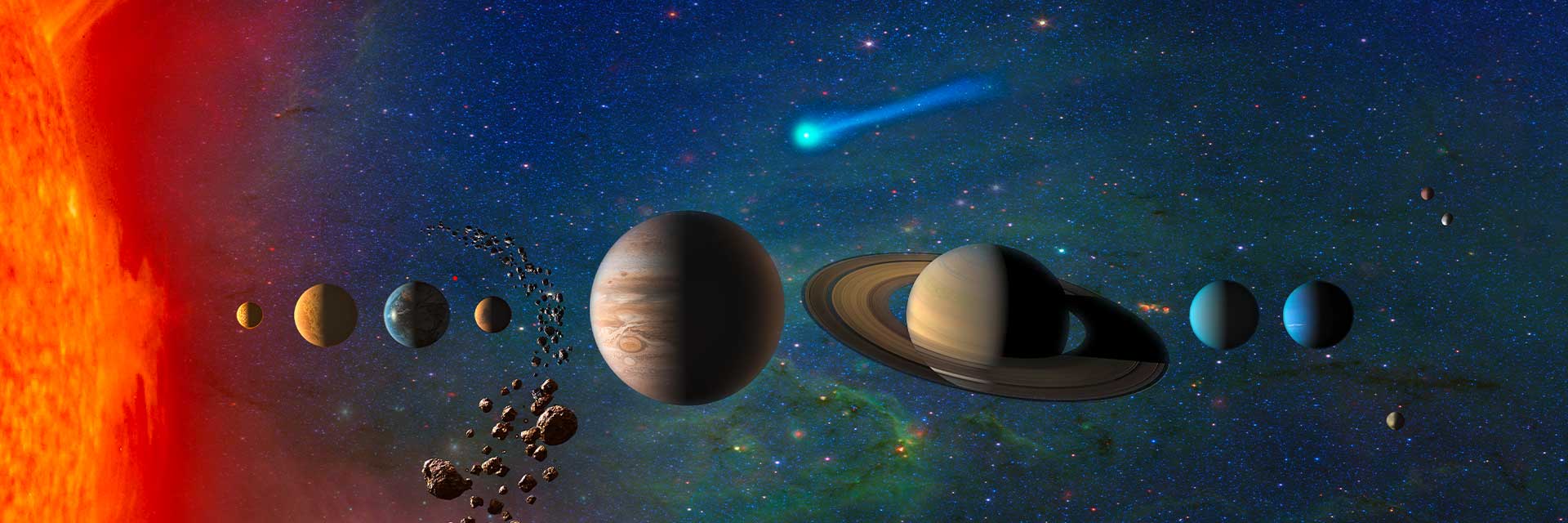Santa Claus looked up to see his modernized sleigh for the first time and let out an approving laugh so jolly it could be heard, even felt, all the way to the North Pole.
“Ho, ho, ho, ho! Well done,” a pleased Santa said to Orville the Flying Squirrel, NASA Aeronautics’ official mascot. “It looks like everyone did a great job overhauling my sleigh. I can’t wait to get in the air and try out all the new technology.”
Orville had joined Santa to present a document transferring NASA aviation technology to the right old elf for his use in delivering toys to all the good little boys and girls of the world. Mrs. Claus was there, too.
“Your new ‘Quiet Super-Santa Transport’ sleigh now incorporates some of the most recent advancements in aviation, courtesy of NASA’s aeronautical innovators,” Orville told Santa.
(Editor’s note: Santa, as everyone knows, speaks fluent squirrel.)
“With these improvements I can deliver toys faster and more quietly than I did before. And even better, my reindeer will need less fuel, which means fewer emissions,” Santa added with a wink and a chuckle.
Orville, an aviation-minded squirrel whose great-grandpa had been present when the Wright Brothers made their first airplane flight in 1903, described what makes this aircraft so special.
The sleigh’s twin rails, which serve as landing gear, are now made of a blend of exotic metal alloys and shaped so they will not make as much noise as before – all of this courtesy of NASA-led advancements in 3D printing technology and noise-reduction studies.
The main body of the sleigh is now made of lightweight composite materials and shaped using advanced manufacturing techniques developed and tested by NASA and its industry partners.
Anything moving at supersonic speed generates shock waves, which can be heard as sonic booms. “My reindeer are powerful animals and can handle the speed, no problem. But every time I fly supersonic, I have to treat them to their favorite cookies, which only Mrs. Claus knows how to bake. And she’s busy enough as it is taking care of me,” Santa explained.
Thanks to NASA’s sonic boom research, Santa has the option to go supersonic without concern of casting an annoying sonic boom on anyone below, especially in the middle of the night.
And now when Santa talks with air traffic controllers as he travels the world, he can use NASA-developed software that helps him avoid bad weather or fly a more efficient approach to a particular destination.
“This is going to make flying to cities like New York, Atlanta, Dallas and Chicago so much more fun,” Santa said.
“Santa, when you make your toy run on Christmas Eve, you will be using a sleigh that, like every airplane and air traffic control facility in the United States, is equipped with NASA technology in some way or another,” Orville said.
“You can take comfort knowing that NASA is with you when you fly.”
Image credit: Andrew Carlsen


